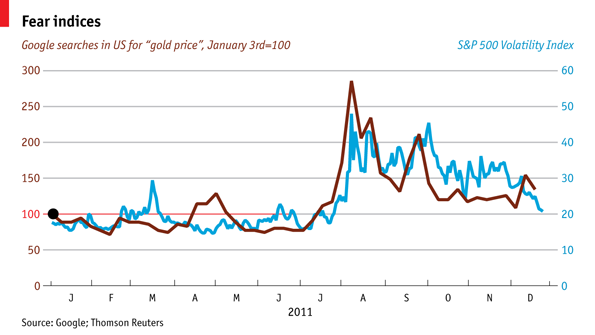New Zealand’s commodity prices have increased by 17% this year and is expected to increase by 22% by December 2021. What has caused this increase in prices? With Covid restrictions lifted in many countries this has seen an increase in demand especially from China and South East Asian countries. Dairy, horticulture and forestry commodity prices have been the big winners. Kiwi fruit returns are expected to be the highest on record and log prices have increase over 20% in the last 6 months. Furthermore with the opening up of restaurants in the northern hemisphere the demand for meat will undoubtedly increase which is a good omen for sheep and beef farmers. At this time of year lamb prices normally fall but prices have actually increased over April and May.

Shipping costs have been very high of late but as they start to come down with more supply this will be a further boost to exporters especially bulky exports like forestry. It is expected that wood export volumes will be approaching record high levels over 2021 and 2022. The strong return from commodity prices will mean higher national incomes and will support the strength of the NZ$ and interest rates.

This could be a honeymoon period for New Zealand exporters as supply will eventually catch-up with demand and bring down prices. From a longer-term perspective, environmental constraints are biting on global food production. New Zealand’s dairy sector is at the coal face and the demands by government for fencing and other environmental restrictions means that there is less land being used and lower stock numbers. Other dairy exporters in Europe are also experiencing the same restrictions and it is the consumer who is likely to bear the increase in costs with higher retail prices.
Source: Economic Overview. Reshaping the world. May 2021

 Sand has become an integral part of the global economy and also the most extracted material. It is used in the construction industry where it is part of the process in making concrete and asphalt. Fine sand tends to be used to produce glass and electronics.
Sand has become an integral part of the global economy and also the most extracted material. It is used in the construction industry where it is part of the process in making concrete and asphalt. Fine sand tends to be used to produce glass and electronics. As is pointed out by The Economist numbers should be read wearily as GDP figures are only ever a best guess, and the large informal economy in most African states makes the calculation even harder. Africa may have enormous natural reserves of resources, but so far most Africans haven’t felt the benefit. In Nigeria, for instance, what’s seen as a failure to spread the country’s oil wealth to the country’s poorest people has led to violent unrest. However, this economic paradox known as the resource curse has been paramount in Africa’s inability to benefit from resources. There is a gravitation towards the petroleum industry which drains other sectors of the economy, including agriculture and traditional industries, as well as increasing its reliance on imports. What is needed is diversification.
As is pointed out by The Economist numbers should be read wearily as GDP figures are only ever a best guess, and the large informal economy in most African states makes the calculation even harder. Africa may have enormous natural reserves of resources, but so far most Africans haven’t felt the benefit. In Nigeria, for instance, what’s seen as a failure to spread the country’s oil wealth to the country’s poorest people has led to violent unrest. However, this economic paradox known as the resource curse has been paramount in Africa’s inability to benefit from resources. There is a gravitation towards the petroleum industry which drains other sectors of the economy, including agriculture and traditional industries, as well as increasing its reliance on imports. What is needed is diversification. The Economist has a graph showing the change in price of commodities from 5th January 2016 to 18th October 2016. The change in price is purely reflected in simple supply and demand theory. In 2015 raw material price dropped mainly because of over-supply. The main points from the graph are:
The Economist has a graph showing the change in price of commodities from 5th January 2016 to 18th October 2016. The change in price is purely reflected in simple supply and demand theory. In 2015 raw material price dropped mainly because of over-supply. The main points from the graph are:












